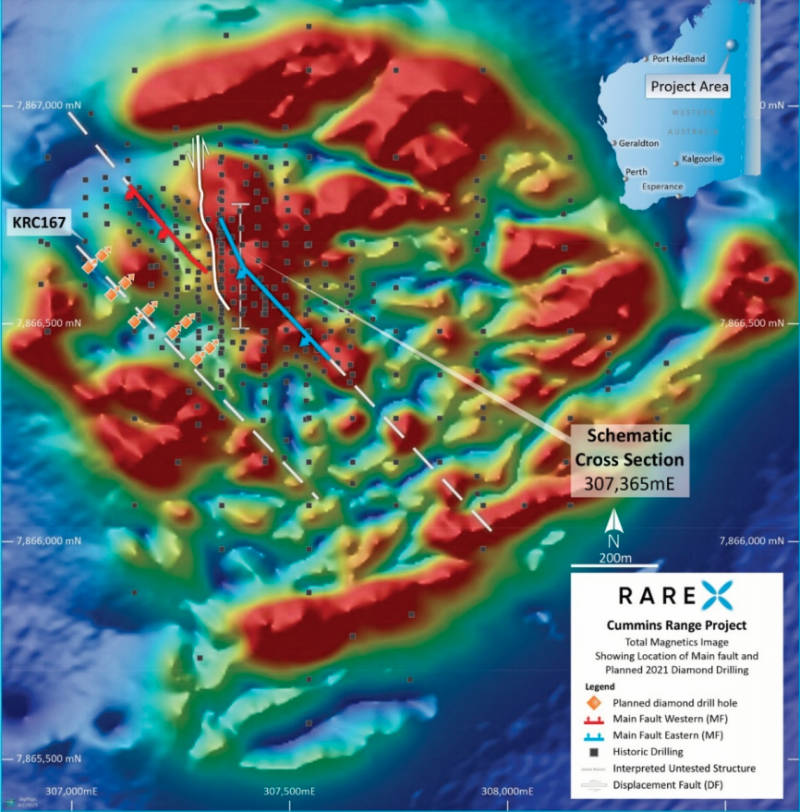RareX drilling to target depth extensions, parallel structures

Pic: John W Banagan / Stone via Getty Images
RareX is poised to start a major new drilling program to find high-grade depth extensions and parallel structures at the Cummins Range rare earths project.
The company will carry out more than 6,000m of reverse circulation and diamond drilling later this month to follow-up on its successful 2020 exploration and a thorough review of the deposit by its geologists over the wet season in Western Australia’s Kimberley region.
RareX’s (ASX:REE) previous work had led to the establishment of a revised geological model that acknowledges that while there is general erosion of the entire carbonatite pipe leading to an upgrade in the regolith profile, there are also pre-existing high-grade fault structures that represent high-priority exploration targets.
These have the potential to substantially change the scale of the Cummins Range project.
“The work undertaken over the wet season by the RareX geological team has the potential to be a game-changer for the Cummins Range Project, building on its existing attributes as an advanced, high-quality rare earths project in a Tier-1 mining jurisdiction with the ability to yield a premium product,” managing director Jeremy Robinson noted.
“If the new geological interpretation is confirmed, the upcoming drilling has the potential to dramatically expand the scale of the deposit and delineate a significant volume of new high-grade material.”
Work is also underway on an upgrade to the existing inferred resource of 13Mt grading 1.13 per cent total rare earth oxides, which is expected to be released in May.

Deeper mineralisation
Deeper drilling carried out in 2020 had identified for the first time the presence of a strongly rare earth element mineralised fault that sits beneath the length of the known mineralisation at the Cummins Range deposit.
This main fault has been intersected over 550m of strike and remains open in all directions.
Additionally, the drilling has shown that a significant proportion of the rare earths grade at Cummins is related to dispersion in the regolith.
With dispersion and enrichment seen in the regolith profile along the entire strike of the known mineralised system, it’s no surprise this will be tested in this year’s RC drill program.
RareX will also test a parallel candidate to the main mineralised fault that was identified from the magnetic data.
The company is carrying out between 2,000m to 3,000m of RC drilling and 2,000m to 3,000m of diamond drilling.
Three diamond holes will be drilled into high-grade ore to obtain geotechnical data for pit designs and further metallurgical samples.
This article was developed in collaboration with RareX, a Stockhead advertiser at the time of publishing.
This article does not constitute financial product advice. You should consider obtaining independent advice before making any financial decisions.
Related Topics

UNLOCK INSIGHTS
Discover the untold stories of emerging ASX stocks.
Daily news and expert analysis, it's free to subscribe.
By proceeding, you confirm you understand that we handle personal information in accordance with our Privacy Policy.








